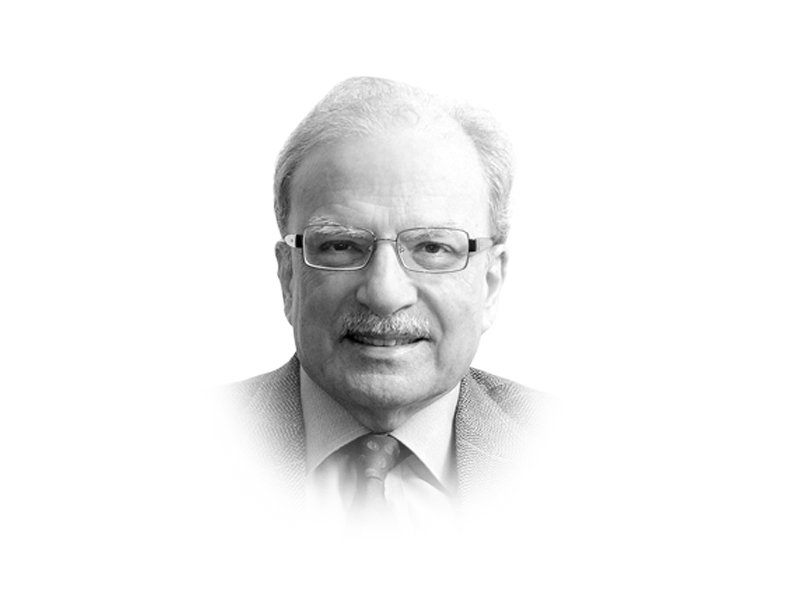
That Obama worked hard to draw India closer to his country could not be attributed just to the chemistry between the two leaders. It was because of the way they saw the longer term interests of their nations. In India, Obama found a large country that was attempting to find solutions for its many seemingly intractable problems by deploying institutions needed for building a democratic polity. As the American president had emphasised in his “Obama Doctrine” – not in the context of India but with reference to the failed American attempts at nation-building in the Muslim world – that a stable and durable political order was the result of the choices made by political players in the systems. It could not be imposed from the outside as America attempted to do in Afghanistan and Iraq. It was this feature of the Indian experience that attracted Obama to India.
There were other reasons as well. Having negotiated a workable arrangement with China on global warming that resulted in the conclusion of the Paris climate accord in December 2015, India’s participation was viewed as being essential by Obama. It was critical for his legacy to make a success of the international endeavour he had worked hard to launch. India was the third largest emitter of carbon dioxide, after China and the United States. In the Oval Office meeting on June 7, climate control was one of the several subjects covered by the two leaders. Two others were also important: dealing with security problems resulting from the rise of Islamic extremism and the increasing assertiveness of China.
The journey on which the United States embarked with respect to relations with India began during the presidencies of George W Bush and Bill Clinton. According to Nicholas Burns, who was under secretary of state in the Bush administration and then went on to become a foreign policy adviser to Hillary Clinton, the India-United States’ “project carefully engineered by the three presidents is arguably one of the most important foreign policy advances in decades.” This was as a 180 degree turn-around for New Delhi. It launched the Non-Aligned Movement during the height of the Cold War and developed strong ties with Moscow. With Manmohan Singh, a pro-West prime minister in place for ten years, the United States took the initiative to move India in its direction. Continues Burns: “Bill Clinton broke the ice by suggesting that the United States’ 21st century global interests were in alignment with India’s. George W Bush made the major push forward by negotiating a civil nuclear agreement between the two countries and persuaded both parties in Congress to remove the sanctions imposed after New Delhi tested nuclear bombs in 1998. Barrack Obama became the first president to support India for a permanent seat in the U.N. Security Council.”
But Burns and other members of the United States foreign policy establishment argued that Washington and New Delhi must understand the necessity of “standing up to China’s bullying of Vietnam, the Philippines and other claimants to the Spratly and Paracel islands in the South China Sea. This is one reason America’s emerging triangular partnership with India and Japan is so important.” President Obama’s Washington was taking that advice. Modi’s second visit to Washington came on the heels of Defense Secretary Ashton B Carter’s week-long visit to India in which he laid the ground for a more integrated US military future with India.
This approach at repositioning both, the United States and India follows twin zero-sum calculations involving New Delhi. India is being brought close to the United States by loosening the bonds between Islamabad and Washington. What India gains, Pakistan supposedly loses. India is also being prepared to stand up to China with the latter being increasingly viewed as a threat to American strategic interests in Asia. This need not be the case. All the countries in the region – in fact, in the world as a whole – would stand to benefit if a mutually supportive strategy was pursued, with each country playing the role it can and should.
Published in The Express Tribune, June 13th, 2016.
Like Opinion & Editorial on Facebook, follow @ETOpEd on Twitter to receive all updates on all our daily pieces.













COMMENTS (12)
Comments are moderated and generally will be posted if they are on-topic and not abusive.
For more information, please see our Comments FAQ